Synthetic surfaces do have an advantage in that they are durable which means that they can be used year round. They also can be installed quickly and do not require the maintenance of grass fields.
There has been recent concern about possible health risks from crumb rubber due to lead and other metallic content that has been found in samples. Thomas Jefferson field in East Harlem, which used crumb rubber, was recently closed by the New York City Department of Parks and Recreation due to elevated levels of lead found in the field. According to the council’s brief, there are many concerned people in the health and scientific communities who want to conduct more thorough testing. They say that the safety of synthetic turf fields has not yet been fully proven.
There is also concern about the environmental impact of a field made out of recycled tires. Storm water will not be naturally absorbed and the leaching and off-gassing of chemicals could be hazardous.
Marti Sergi, president of Permalife Products and representing the Synthetic Turf Council, offered testimony. “Some organizations have published laboratory test results that identify toxins contained in crumb rubber that might represent a human health or environmental risk, if the toxins were somehow able to leach from the rubber, which does not occur in real world testing,” said Sergi. “Among the most commonly cited toxins are certain Polycyclic Aromatic Hydrocarbons, or PAH’s. Did you know that one charcoal-grilled hamburger has more than three times the number of PAH’s, a widespread organic chemical compound, than an artificial turf field?”
Sergi went on to say that the New York City Department of Health and Mental Hygiene released a 2008 assessment that attested to the safety of this synthetic turf. He said also said the EPA found no reason not to use this substance as infill for playgrounds.
The recycled rubber mats used in many city playgrounds can get as hot as 160 degrees during summer months. According to a “Good Morning America” test last July, the rubber mats were hotter than the metal slide and the blacktop road surface. The council would like to require all parks to install heat-warning signs in city parks.
Modern synthetic turf was introduced for use in playing fields across the nation 1997. The turf contains crumb rubber, which is made from recycled tires. There are over 200 synthetic turf fields in New York State. Crumb rubber has also been extensively used as infill to provide an impact-absorbing landing surface for children at many city playgrounds.
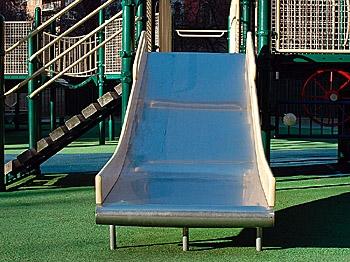
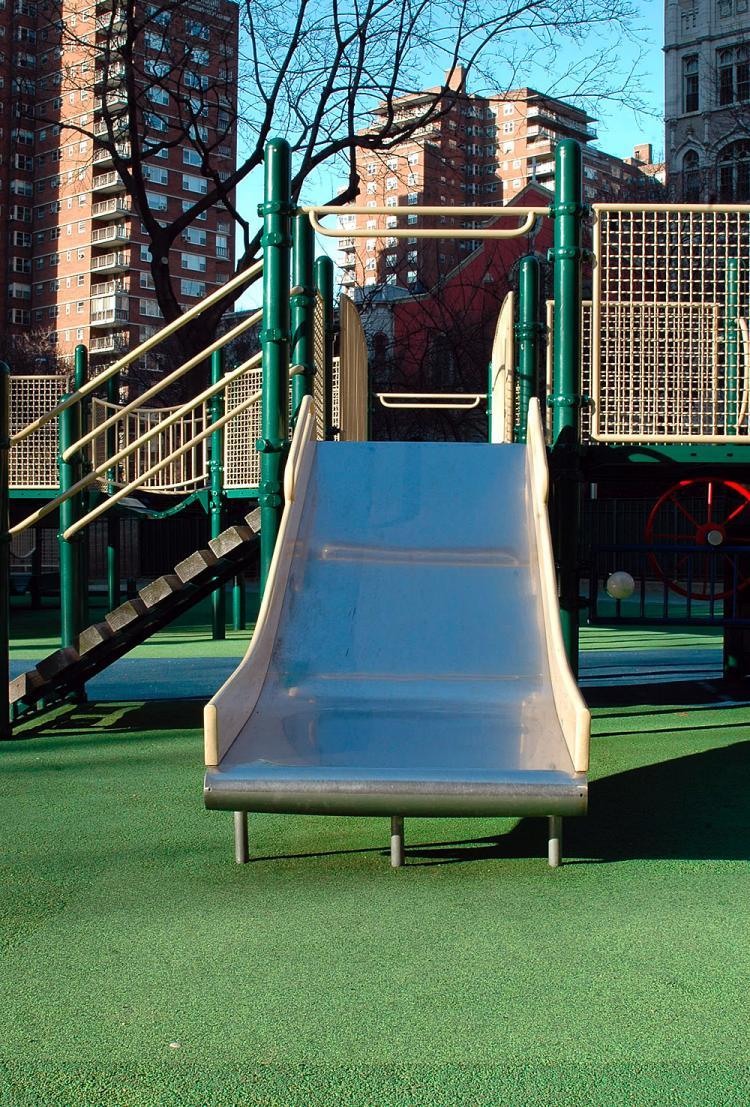

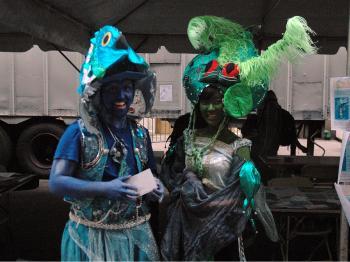
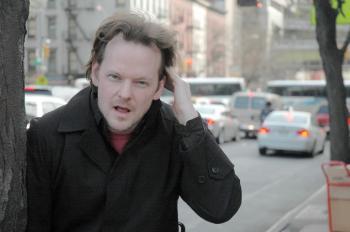
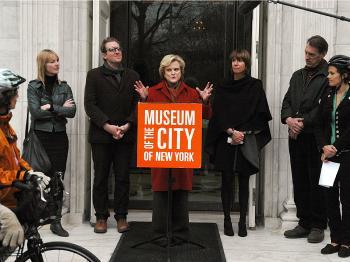
Friends Read Free